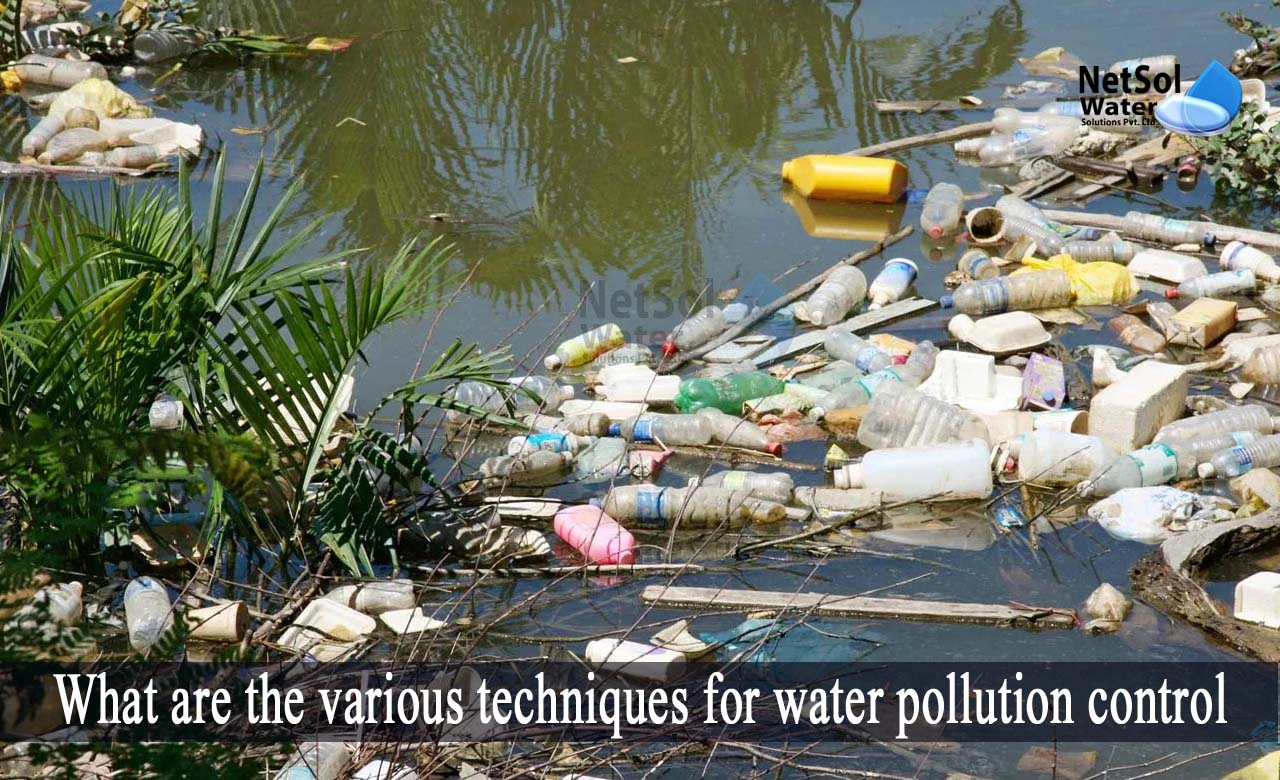One of the most important natural resources on planet, water, has existed for a very long period. In reality, the water that we drink today has existed in some capacity since the time of the dinosaurs.
Although, there is a lot of water there, only around 0.3% of it may be used for human use. That number has decreased as commercialization and industrialization have advanced. Water contamination has also been caused by a number of factors, including old and ineffective techniques, ignorance, and several other occurrences.
One of the most significant environmental issues confronting mankind on a global scale, is the growing pollution of freshwater systems, with hundreds of industrial and natural chemical substances. Water is becoming increasingly valuable in more and more nations as a result of the expanding global population, and the quickly developing industrialization.
Let us understand some of the techniques for water pollution control.
What are the Water pollution sources?
The main factors contributing to water contamination in India are:
· Urbanization.
· Deforestation.
· Industrial waste.
· Use of fertilizers and detergents.
· The use of pesticides and insecticides in agricultural runoffs.
What are the Effects of pollution on water?
The kind of contaminants present and their concentration determine the impact of water pollution. In determining the amounts of pollution, the location of water bodies is also crucial.
Urban areas' surrounding water bodies are very polluted. This is the outcome of industrial and commercial facilities discharging waste and hazardous materials.Aquatic life is significantly impacted by water pollution. It alters their behavior and metabolism, which results in disease and eventual death.
Dioxin is a toxin that affects several processes, including reproduction, unchecked cell development, and cancer. Fish, fowl, and beef all bioaccumulate this compound. Before reaching the human body, toxic chemicals go up the food chain.
What are the various techniques for water pollution control?
Numerous techniques can be used to reduce water pollution on a bigger scale.
1: It is preferable to treat sewage waste before release rather than discharging it into aquatic bodies. By doing this, the original toxicity can be reduced, and the water body itself can breakdown, and render harmless any compounds that are still there. Water can be reused in sanitary systems and agricultural areas, if further treatment has been done to it.
2: Precipitation, ion exchange, reverse osmosis, and coagulation are a few chemical techniques that aid in the management of water pollution.
3: Reusing, reducing, and recycling whenever feasible will go a long way, towards addressing the consequences of water pollution on an individual basis.
Conclusion
Diverse strategies have been created and are being used for wastewater treatment, as a result of various sorts of contaminants. This always raises the price of getting clean water.
When an established process needs to reach the underprivileged, particularly in developing nations where there is a severe water shortage, the operation costs are likewise substantial. Additionally, the majority of people worldwide still do not fully comprehend the need of safe water knowledge.
How can we assist?
Netsol Water is a leading manufacturer of water, wastewater, sewage and effluent treatment equipment’s. We provide customized solutions for all water problems in pocket friendly budget.
We understand that “precaution is better than cure”,therefore, we always recommend addressing the water pollution at first place only. You can learn about our water pollution prevention and control techniques, from our knowledgeable experts.
You can contact our environmental cleaning experts at +91 9650608473 or get in touch via email at enquiry@netsolwater.com.



